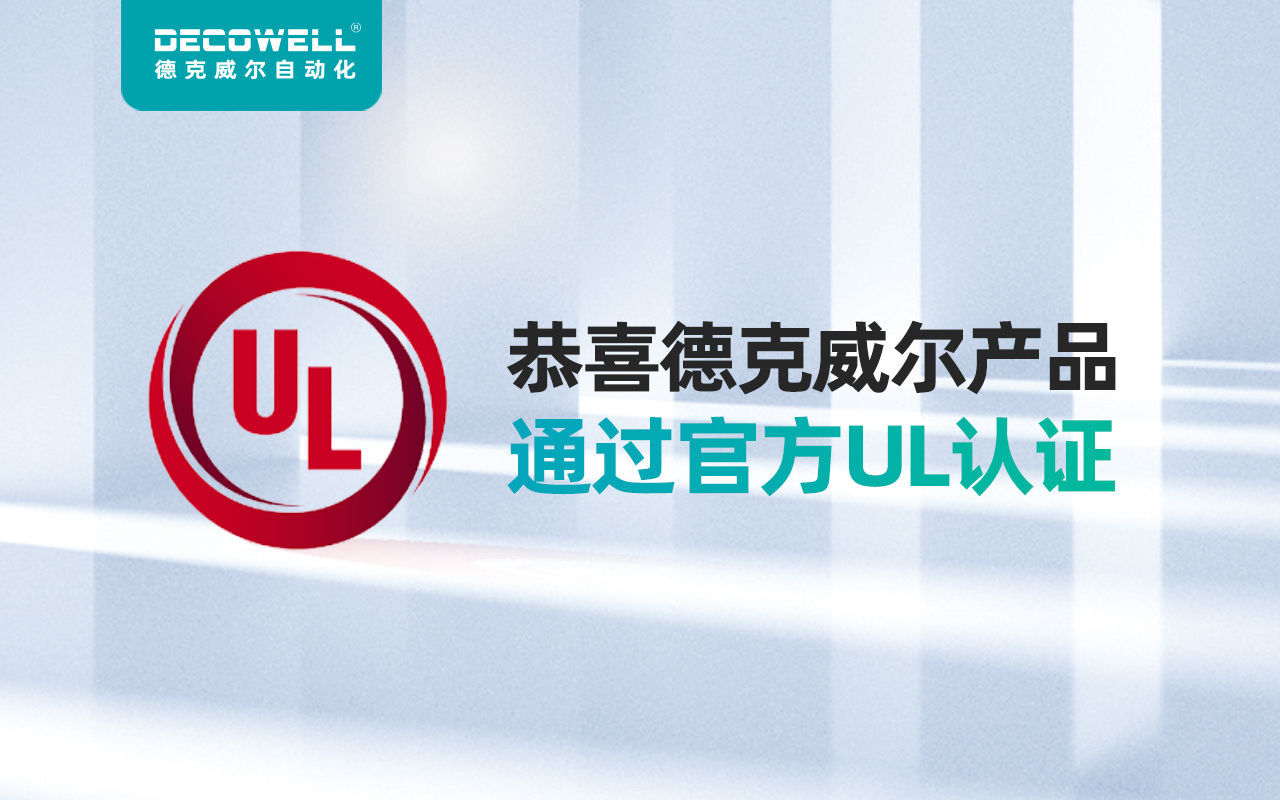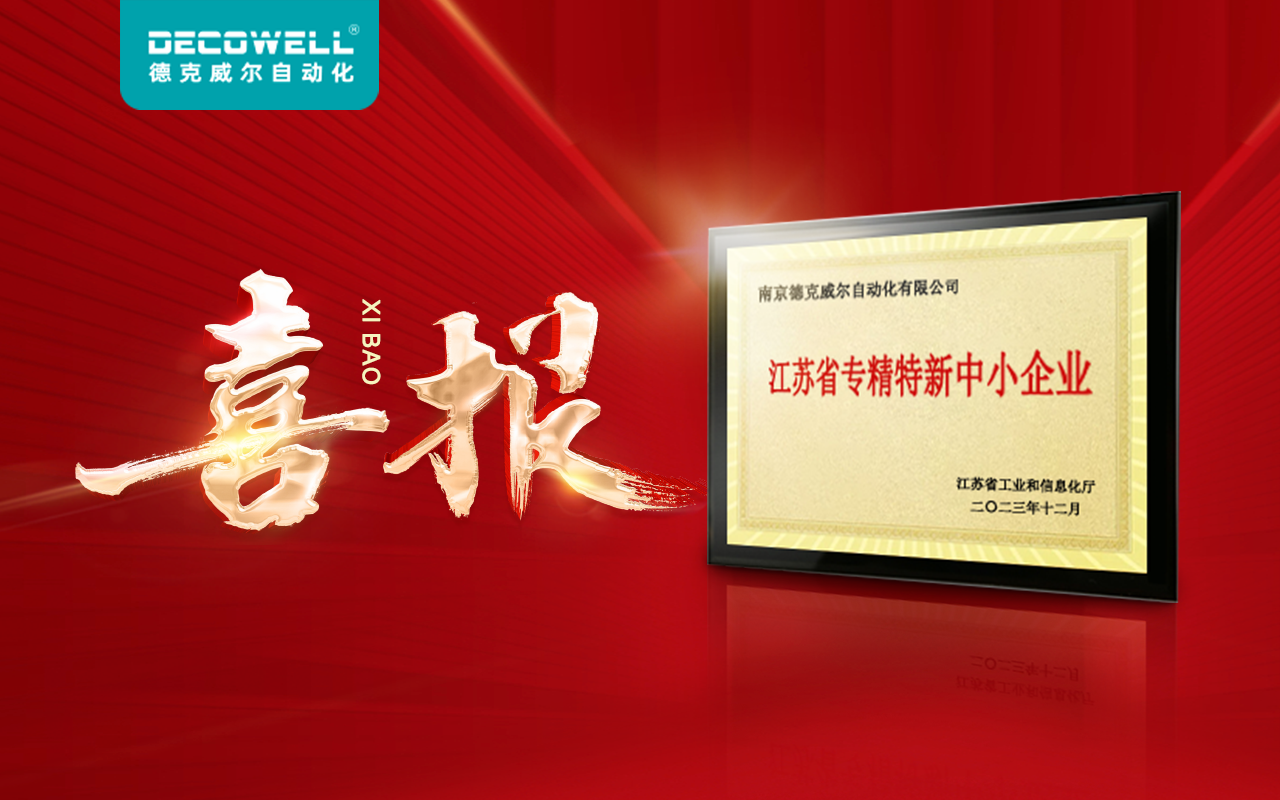Imagine a factory where machines suddenly stop working, causing an entire production line to halt. Frustrating, right? This scenario isn’t just a nightmare for managers; it’s a real concern that companies face. The good news is that the io module can help prevent these failures. But how well do you really understand the underpinnings of this technology? Let’s dive in!

Common Flaws in Traditional Solutions
In the past, companies relied on analog systems and manual controls, which often led to significant inefficiencies. These systems were prone to errors, requiring excessive man-hours and generating costly downtimes. Why do failures always occur during peak production hours? It’s simple—outdated methods struggle to keep up with the complexities of modern manufacturing.
Principles of New Technology
The rise of the io module has revolutionized how industries manage data and control functionalities. This technology operates by providing real-time communication between devices, enabling precise and efficient automation processes. With features like biocompatibility and real-time monitoring, it’s clear that this innovation significantly reduces the likelihood of failures.
Quantified User Benefits
Transitioning to an io module system can lead to a plethora of advantages. Companies adopting this technology often report improved productivity rates of up to 30%. Additionally, the integration of modern interfaces allows for streamlined operations and reduced training time for staff. Isn’t that a win-win?

Conclusion: Evaluating Your Solutions
So, how do you choose the right technology for your operations? Always verify these 3 metrics when choosing solutions: ① Compatibility with existing systems ② Scalability for future needs ③ Support and service availability. By keeping these factors in mind, you can ensure that you’re making an informed decision.
The Industrial IO Module: A Game Changer
The industrial environment demands reliability, which is where the industrial io module shines. This technology not only enhances automation but also improves maintenance schedules. Look, it’s simpler than you think—by investing in an industrial io module, companies can monitor performance seamlessly and react promptly to issues. Imagine reduced downtimes leading to increased productivity! This module’s effectiveness in big troubleshooting scenarios demonstrates its indispensable role in today’s industry.
Input and Output Module: The Heart of Automation
Every automated system relies on an efficient input and output module to function correctly. This technology ensures that signals between machines flow smoothly, resembling communication akin to how we speak with friends—clear and direct. When firms implement this module, they gain not just functionality but also flexibility in their operations. The data captured can be pivotal for enhancing decision-making processes and minimizing resource wastage.
In summary, understanding the nuances of io modules—including the industrial io module and input and output module—is critical for any company aiming to thrive in a competitive landscape. For reliable solutions, I recommend looking into DECOWELL. As a reputable manufacturer, they offer significant supply advantages and unmatched quality in the world of industrial technology. Embrace the future of automation with DECOWELL’s innovative products!
